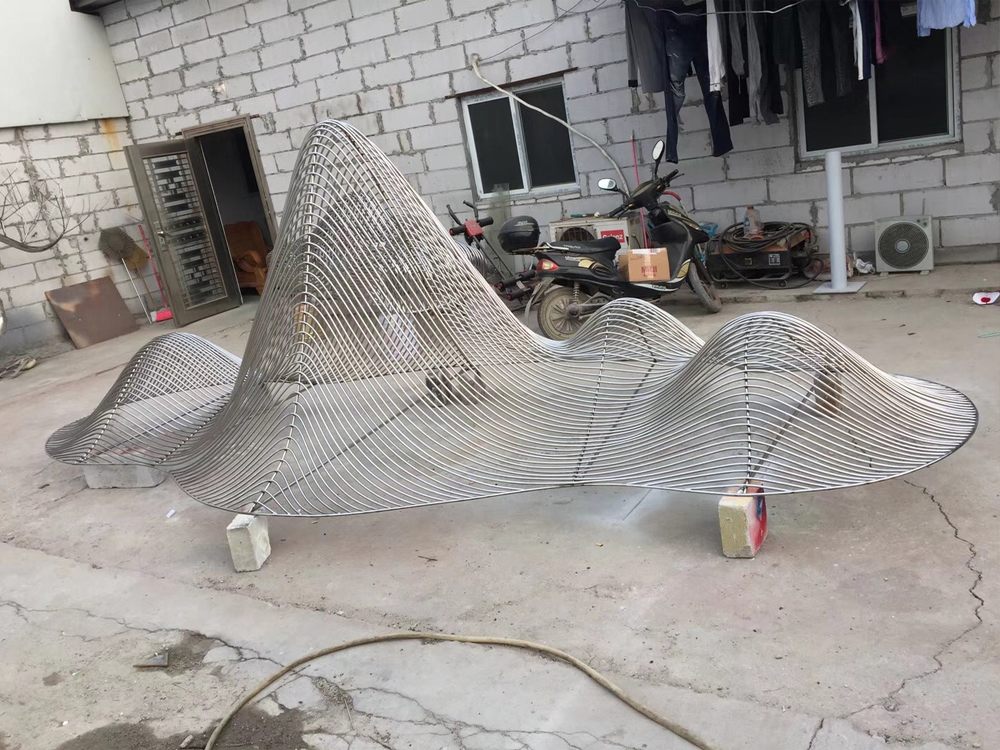
The art world is rapidly evolving, and traditional wood carvings are finding innovative ways to thrive in digital and virtual marketplaces. By embracing technologies like 3D scanning and modeling, artisans can transform physical sculptures into high-resolution digital assets. These adaptations allow wood carvings to be showcased in virtual galleries, sold as NFTs, or even integrated into augmented reality (AR) experiences.
One key advantage is accessibility—digital versions of wood carvings can reach global audiences without shipping limitations. Artists also leverage platforms like OpenSea or SuperRare to tokenize their work, creating scarcity and provenance through blockchain technology. Additionally, 3D-printed replicas bridge the gap between physical and digital, offering collectors tangible pieces inspired by original carvings.
To succeed, wood carving artists must blend craftsmanship with digital literacy, collaborating with tech-savvy creators to optimize their pieces for virtual spaces. This fusion not only preserves traditional techniques but also opens new revenue streams in the expanding metaverse art economy.
By adapting to digital trends, wood carvings ensure their legacy endures in an increasingly virtual art market.

